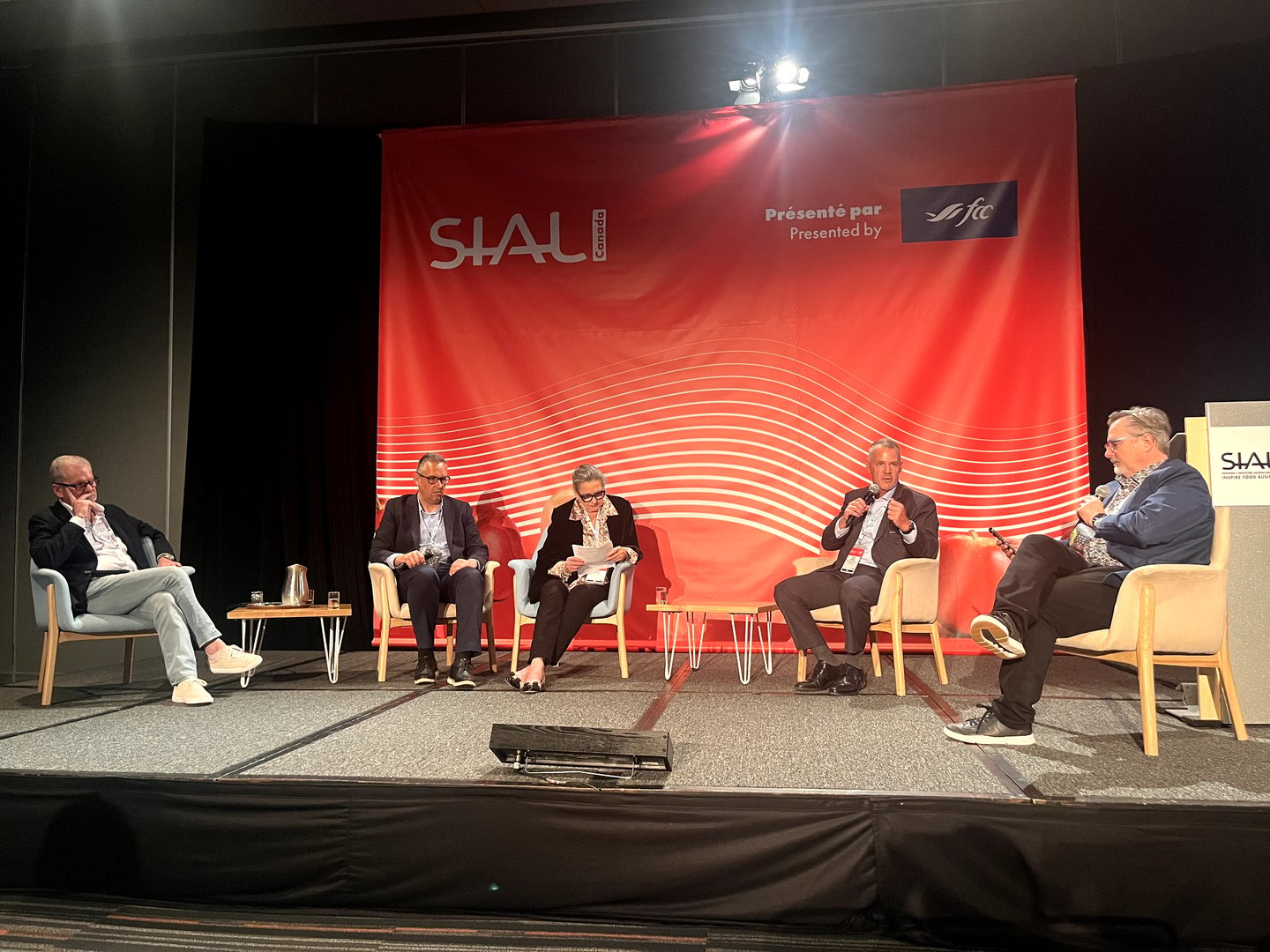‘Save-On-Foods is going to be the big ship:’ Pattison Food Group COO
Pattison Food Group is betting on its flagship banner Save-On-Foods.
The food retailer has transitioned a number of its stores to the banner in recent months: several Buy-Low Foods stores in B.C., Alberta and Saskatchewan, and an Urban Fare location in Calgary.
Jamie Nelson, chief operating officer, discussed the company’s strategy on a panel at SIAL Canada Thursday (May 16).
“To be completely honest, we have too many banners right now and that’s just the way things have evolved over the last little while,” Nelson said. “From a philosophy perspective, Save-On-Foods is going to be the big ship, and it will differentiate itself by offering high quality, great service and great prices at the same time. So that's our value equation.”
Pattison Food Group has around 308 retail stores under a number of different banners, including Quality Foods, Buy-Low Foods, Price Smart, Nesters Food Market, Urban Fare, Nature’s Fare and Choices Market, as well as a Roth’s Fresh Market in Oregon.
“We have our community banners, which are the Quality Foods of the world — your traditional, conventional grocery store. Price Smart Foods will run as our pure play ethnic. Buy-Low Foods will be our discount offering, and then we have our natural organic play.”
Nelson was joined by Diane J. Brisebois, president and CEO of the Retail Council of Canada (RCC), Michael Graydon, CEO of Food, Health & Consumer Products of Canada (FHCP), and Stewart Samuel, director of retail futures at IGD.
The session, “Canada's Retail & Brand Innovation Opportunity: The Challenge of Being Remarkable,” was moderated by Michael LeBlanc, host of The Voice of Retail podcast.
Read on for more highlights from the panel.
Format innovation
IGD’s Samuel said format innovation in the grocery industry is happening under four pillars: experience, operations, value and impact.
Innovations around experience could be through foodservice, category innovation, new layouts or events, while changes in operations are more tech-driven.
When it comes to value, grocers are innovating with loyalty programs, private brands and convenience-driven offerings, like pick-up. The fourth pillar focuses on community impact: health, sustainability and inclusivity, for example.
“What's interesting is that you can 't really have a retailer doing all four of those things, otherwise you get quite a vanilla store format,” Samuel said. “They have mass appeal to an extent they don't really stand out. So, what we're seeing is the retailers are gravitating towards one or two of those four pillars. The common ones are experience or value.”
Packaging hurdles
When it comes to product innovation, FHCP’s Graydon said federal regulations around plastics are creating new challenges.
“The innovation pipeline that we have is full of packaging and labeling changes because the regulatory intensity around packaging and labeling is so intense right now,” he said.
“There is a lot of innovation going on, and it will get to the customer, it'll just be different. It won't be flavour, it won't be taste, it won't be product — it'll be the product that they're used to, in a completely different configuration from a packaging perspective.”
Graydon said the problem demands a more modern solution.
“From a sustainability perspective, there's no question we have a climate emergency, things need to be done,” he said. “As it gets to labeling and communication with consumers, I think governments, to a certain extent, don't believe we have the competency as consumers to make informed decisions with regard to the products we want. It's 2024 and they're wanting to use all of our labeling to communicate little pieces of information to the consumer. Put it in technology. We all have phones, we all have the ability to take a picture of a QR code and get reams of information to help those consumers make informed decisions. But they're stuck in the past in regards to the only bastion of change they have is a label.”
In its work with the federal government, FHCP is hoping to usher in more innovative labelling solutions.
“It'll give you the opportunity to have more richness and information, and much quicker because you won't have to worry about inventories or packaging times in regards to package design changes. You can change your technology in days.”
Opportunities and challenges
Brisebois shared her insights as RCC’s chief executive on what’s on food retail leaders’ minds when it comes to innovation.
“If you want me to be really honest, versus sounding creative, I can tell you, it's about their customer,” she said. “Providing different solutions for different types of customers and getting it right is in the DNA of grocers. There's no question about that. The technology to help them figure out how to do that better, is what excites them. But at the end of the day, they live with a very healthy paranoia about how consumers are perceiving them. Especially with what's happened over the last two years with food inflation and the government narrative around grocers being the cause of inflation... so there's optimism. But there's a bit of paranoia.”
SIAL Canada's 21st edition runs May 15 to 17 at the Palais des Congrès in Montreal.




